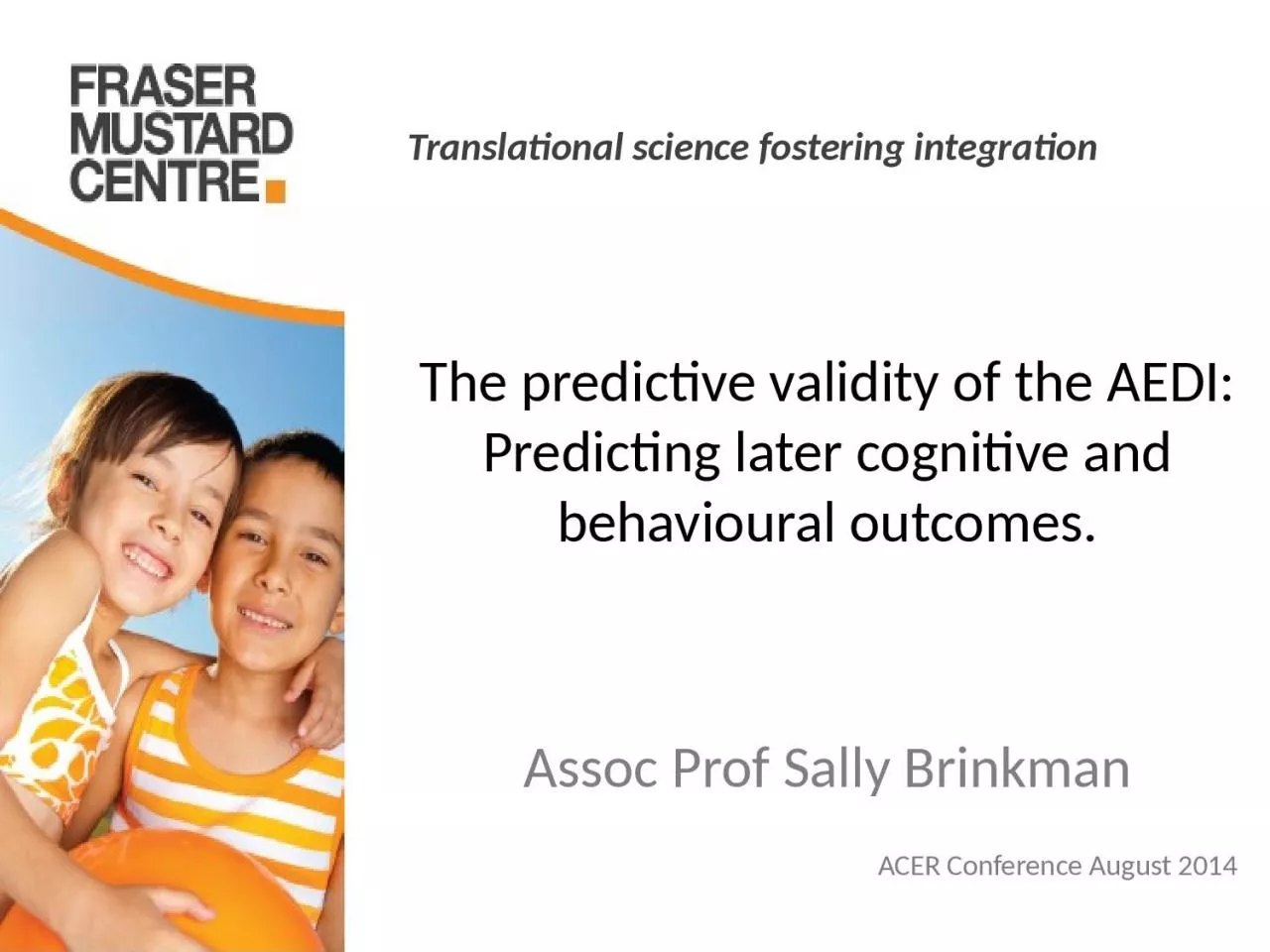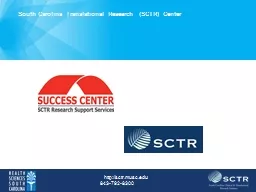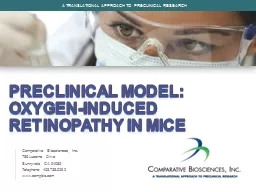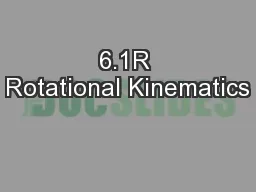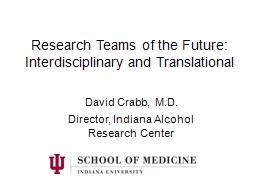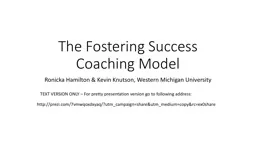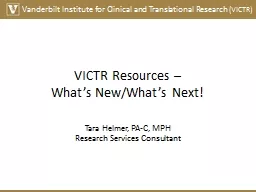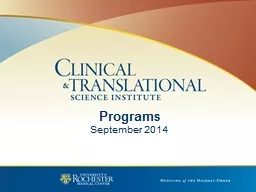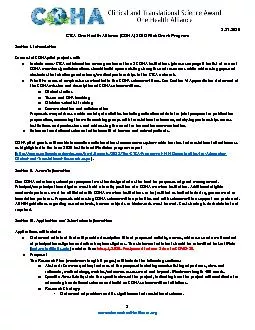PPT-Translational science fostering integration
Author : erica | Published Date : 2024-01-13
The predictive validity of the AEDI Predicting later cognitive and behavioural outcomes Assoc Prof Sally Brinkman ACER Conference August 2014 Presentation Structure
Presentation Embed Code
Download Presentation
Download Presentation The PPT/PDF document "Translational science fostering integrat..." is the property of its rightful owner. Permission is granted to download and print the materials on this website for personal, non-commercial use only, and to display it on your personal computer provided you do not modify the materials and that you retain all copyright notices contained in the materials. By downloading content from our website, you accept the terms of this agreement.
Translational science fostering integration: Transcript
Download Rules Of Document
"Translational science fostering integration"The content belongs to its owner. You may download and print it for personal use, without modification, and keep all copyright notices. By downloading, you agree to these terms.
Related Documents

